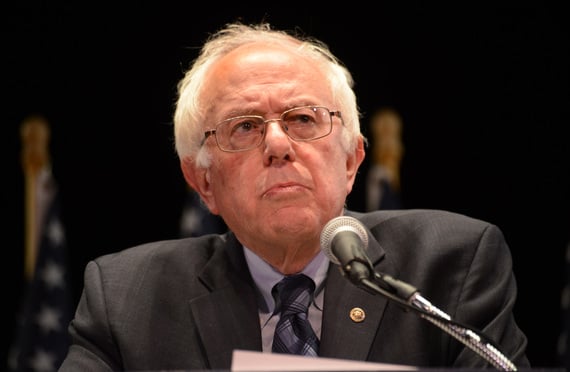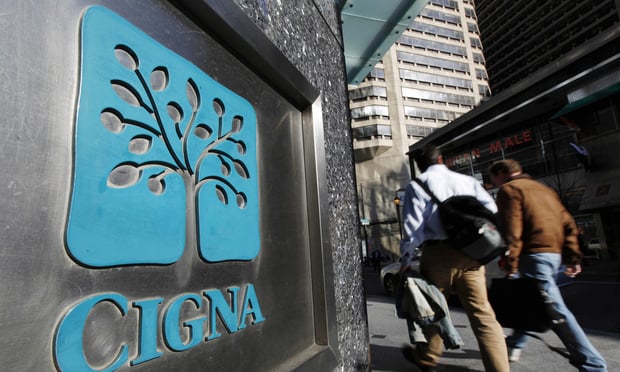Consumer-driven and high-deductible health plans continue torise, and now cover 28 percent of those with health insurance, areport out Tuesday from the Employee Benefit Research Institutefound.
|Health savings accounts continue to dominatethe market as enrollments continue to rise. Individuals with an HSAor enrolled in an HSA-eligible plan increased to 20.4 million, upfrom 17.5 million last year, a 16 percent increase.
|This information comes from the 2013 Consumer Engagement inHealth Care Survey, conducted by EBRI and Greenwald &Associates.
|The group's other big findings include: 9.7 percent of thepopulation was enrolled in a consumer-driven health plan in 2013,up slightly from 9.6 percent in 2012, and enrollment in HDHPsincreased from 16 percent in 2012 to 18 percent in 2013. EBRI alsofound that employer-funded health reimbursement arrangements, orHRAs, declined over the last year.
|The shift toward consumer-driven health plans has beenwell-documented over the last several years. Along with that hasbeen the general consensus that CDHP enrollees are more costconscious in their decision-making than those in traditionalplans.
|“Once again, we found that CDHP enrollees were more likely touse resources to pick their health plan, more likely to use costinformation before getting health care services, and more likelythan traditional-plan enrollees to take advantage of variouswellness programs, such as health-risk assessments,health-promotion programs, and biometric screenings,” said reportco-author Paul Fronstin, who is the director of EBRI's healthresearch and education program.
|Specifically, ERBI found that those in a CDHP were more likelythan those with traditional coverage to say that they had checkedwhether the plan would cover care; asked for a generic drug insteadof a brand name; talked to their doctors about prescription optionsand costs; talked to their doctors about other treatment optionsand costs; asked a doctor to recommend less costly prescriptions;developed a budget to manage health care expenses; checked theprice of a service before getting care; and used an onlinecost-tracking tool provide by the health plan.
|CDHP enrollees were also more likely to take advantage ofvarious wellness programs and be engaged in their choice of healthplan.
|But Fronstin said it's not clear from the data whether thefluctuations in consumer engagement can be attributed toplan-design differences or whether various plan designs attractcertain kinds of individuals.
|“Regardless, it is clear that the underlying characteristics ofthe populations enrolled in these plans are different,” he said.“As the CDHP and HDHP markets continue to expand and more enrolleesare enrolled for longer periods of time, the sustained impact thatthese plans are having on cost, quality, and access to health careservices can be better understood.”
|Also read: Seven reasons HSAsare taking off
|
Complete your profile to continue reading and get FREE access to BenefitsPRO, part of your ALM digital membership.
Your access to unlimited BenefitsPRO content isn’t changing.
Once you are an ALM digital member, you’ll receive:
- Critical BenefitsPRO information including cutting edge post-reform success strategies, access to educational webcasts and videos, resources from industry leaders, and informative Newsletters.
- Exclusive discounts on ALM, BenefitsPRO magazine and BenefitsPRO.com events
- Access to other award-winning ALM websites including ThinkAdvisor.com and Law.com
Already have an account? Sign In
© 2024 ALM Global, LLC, All Rights Reserved. Request academic re-use from www.copyright.com. All other uses, submit a request to [email protected]. For more information visit Asset & Logo Licensing.








